On the night of April 14, 1912, the Titanic, a British passenger ship, crashed into an iceberg and sank in the Atlantic Ocean. The ship was the largest and most luxurious vessel of its time. At the beginning of the 20th Century, steamship companies competed to build the biggest and fastest transatlantic vessel. When the White Star Line launched the RMS Titanic in 1912, the race seemed won. The largest transatlantic ship in the world was believed unsinkable.
The Titanic, 270 meters long, could carry 3,547 passengers and crew members. 29 boilers powered steam engines, a gem of naval engineerring. The luxurious ship featured a swimming pool, Turkish bath and gym. On April 10, 1912 the Titanic left Southampton, England on the inaugural voyage to New York City. 2,224 people were on board. Four days into the voyage, a message came from a ship called the Californian, warning the Titanic of a drifting iceberg in the area. Inexplicably, the Titanic crew ignored the warning. A second message was also disregarded.
At 11:40 p.m. the Titanic was heading southeast for the Canadian peninsula of Newfoundland, about 1,500 nautical miles from New York. While passengers danced below deck, two lookouts spotted an iceberg in front of the ship. The Titanic’s first officer, William Murdoch, tried to slow the ship down and steer clear. It was too late. The liner was pushing through icy waters at maximum speeds. A collision was unavoidable.
The iceberg ripped the Titanic’s right side. The impact was not violent. Passengers did not notice at first. A leak soon opened below the ship’s waterline. Emergency pumps couldn’t stop enormous quantities of water from flooding in. By 2 a.m., the Titanic had taken in so much water that its prow was completely submerged. Passengers started to panic. The Titanic sent distress signals over the radio. Vessels heard the calls but were too far away to help. In light of the situation, Captain Edward Smith ordered passengers to abandon ship. The Titanic’s 20 lifeboats could not accommodate thousands of passengers. Many jumped into the icy cold waters and died.
At 2:20 a.m., the Titanic sank. 1,503 people died. The disaster of the Titanic became a legend and its wreck was sought for decades. The rusty remains were found on September 1, 1985. The ship was a symbol of great hopes and aspirations. The Titanic story inspired numerous works of fiction. Among them was the film Titanic, by director James Cameron. It won 11 Academy Awards.
The Titanic, 270 meters long, could carry 3,547 passengers and crew members. 29 boilers powered steam engines, a gem of naval engineerring. The luxurious ship featured a swimming pool, Turkish bath and gym. On April 10, 1912 the Titanic left Southampton, England on the inaugural voyage to New York City. 2,224 people were on board. Four days into the voyage, a message came from a ship called the Californian, warning the Titanic of a drifting iceberg in the area. Inexplicably, the Titanic crew ignored the warning. A second message was also disregarded.
At 11:40 p.m. the Titanic was heading southeast for the Canadian peninsula of Newfoundland, about 1,500 nautical miles from New York. While passengers danced below deck, two lookouts spotted an iceberg in front of the ship. The Titanic’s first officer, William Murdoch, tried to slow the ship down and steer clear. It was too late. The liner was pushing through icy waters at maximum speeds. A collision was unavoidable.
The iceberg ripped the Titanic’s right side. The impact was not violent. Passengers did not notice at first. A leak soon opened below the ship’s waterline. Emergency pumps couldn’t stop enormous quantities of water from flooding in. By 2 a.m., the Titanic had taken in so much water that its prow was completely submerged. Passengers started to panic. The Titanic sent distress signals over the radio. Vessels heard the calls but were too far away to help. In light of the situation, Captain Edward Smith ordered passengers to abandon ship. The Titanic’s 20 lifeboats could not accommodate thousands of passengers. Many jumped into the icy cold waters and died.
At 2:20 a.m., the Titanic sank. 1,503 people died. The disaster of the Titanic became a legend and its wreck was sought for decades. The rusty remains were found on September 1, 1985. The ship was a symbol of great hopes and aspirations. The Titanic story inspired numerous works of fiction. Among them was the film Titanic, by director James Cameron. It won 11 Academy Awards.
RELATED


APARTHEID
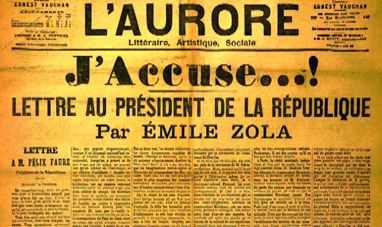

THE DREYFUS AFFAIR


THE FIRST GULF WAR
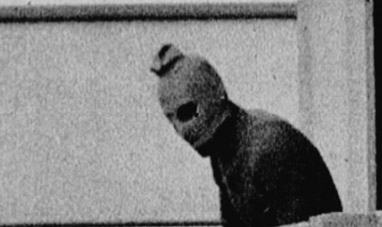

THE MUNICH MASSACRE
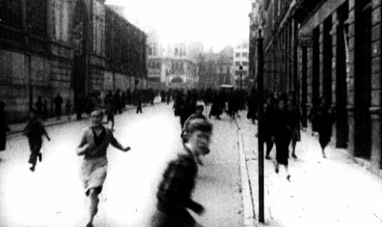

THE SPANISH CIVIL WAR


FOUNDING THE PEOPLE'S REPUBLIC OF CHINA


THE ARGENTINE DICTATORSHIP, 1976-1983


THE KINGS OF ROME


GREAT SCHISM, THE


BUILDING THE SUEZ CANAL
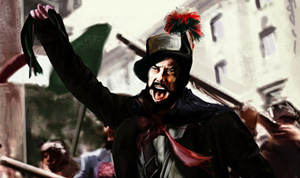

I MOTI DEL '48


THE TAIWAN ISSUE


THE FIRST MOON LANDING
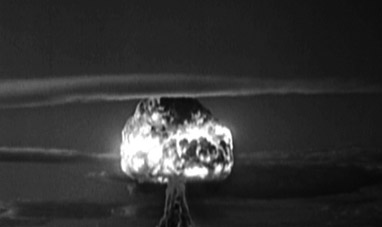

HIROSHIMA AND NAGASAKI
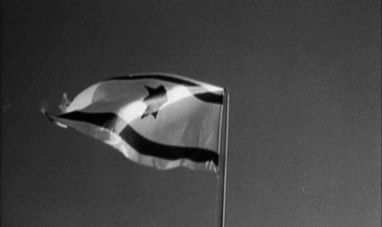

THE BIRTH OF ISRAEL
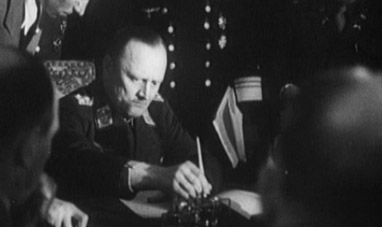

YALTA AND POTSDAM: NEW WORLD ORDER


CAPTURE OF ROME


THE SIX DAY WAR


THE BATTLE OF TOURS


1968


THE RAPE OF THE SABINE WOMEN


FOUNDING OF UNITED ARAB EMIRATES


THE SOVIET INVASION OF AFGHANISTAN


THE FALKLANDS WAR
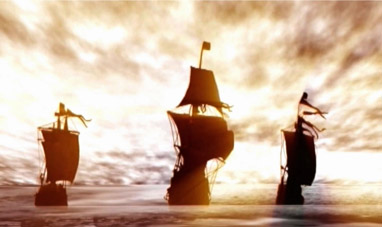

DISCOVERY OF AMERICA, THE
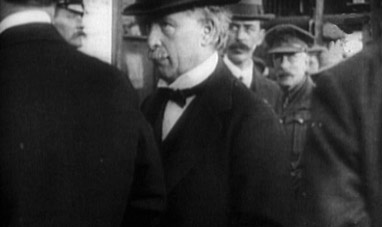

TREATY OF VERSAILLES


THE RUSSIAN CAMPAIGN
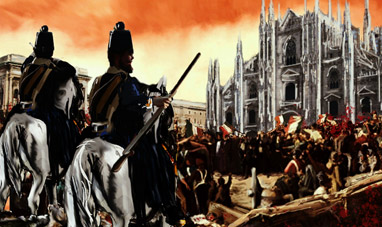

FIVE DAYS OF MILAN
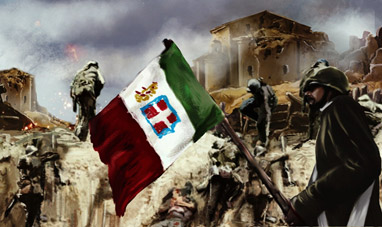

ITALIAN IRREDENTISM
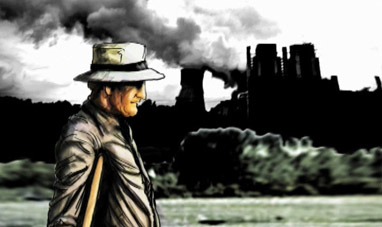

THE INDUSTRIAL REVOLUTION


NATO (NORTH ATLANTIC TREATY ORGANIZATION)


THE SECOND INTIFADA
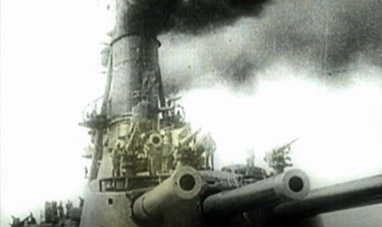

THE OUTBREAK OF WORLD WAR I


THE COLD WAR
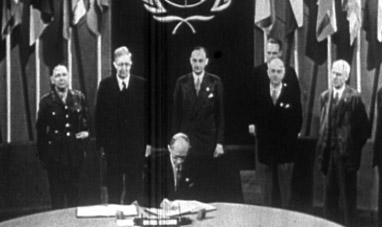

THE BIRTH OF THE UNITED NATIONS
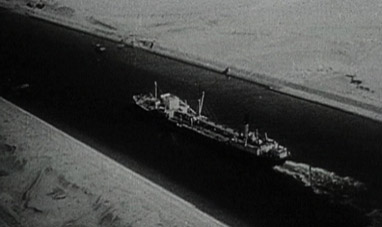

THE SUEZ CRISIS
